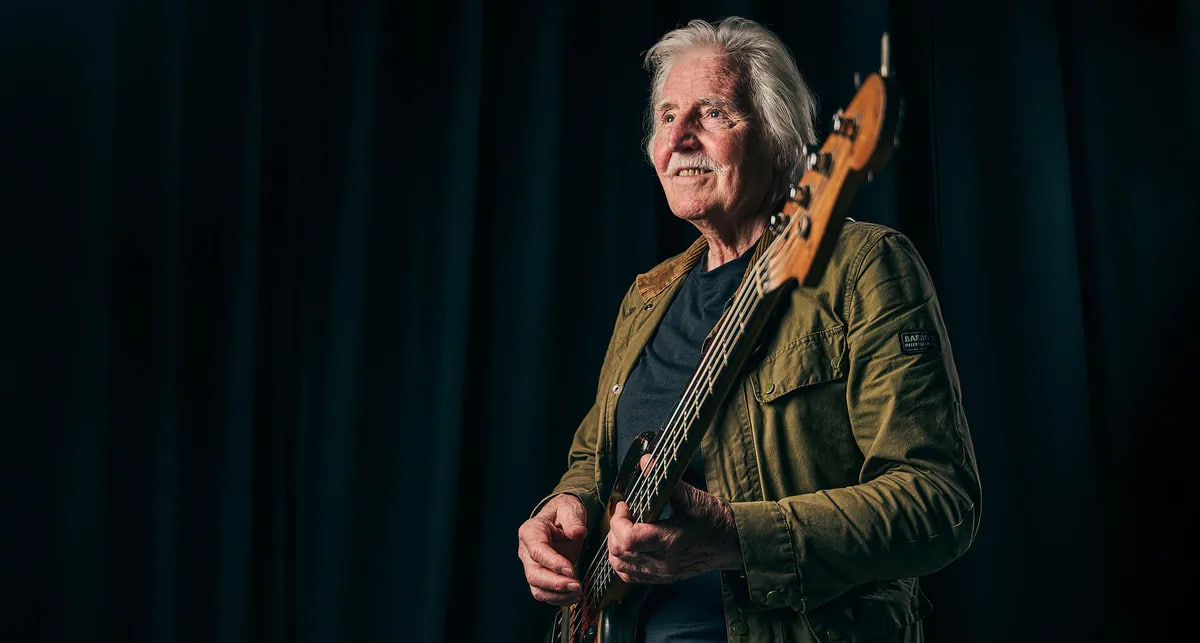“A Bass That Lived a Thousand Lives: The Story of Leo Lyons’ Fender Jazz Bass Played at Woodstock, by Hendrix and on Three UFO R
Nov. 24, 2025, 9 a.m.
Some instruments become iconic because of the artists who played them. Others earn their legend through the music they helped create. Leo Lyons’ 1962 Fender Jazz Bass checks both boxes — and then some.

Humble beginnings and a game-changing trade
Leo started playing bass almost by accident. His early band needed someone to handle the low end, so he converted his guitar into a “bass” by playing only the low strings. He quickly fell in love with the role and sold his bike and guitar to buy a Höfner bass.
Soon after he upgraded to a 1960 Fender Precision, which accompanied him to Germany’s famous Star-Club. But in late 1962, one encounter changed his musical future. At a gig in Norfolk, he noticed the support act’s bassist wielding a Jazz Bass — the very model he dreamed of.
The two musicians struck a deal: they swapped instruments, and Leo added £15. The other player? A young Ian Hunter, who would later form Mott the Hoople.
A working musician’s trusted companion
The Jazz Bass Leo acquired was nearly brand new. Over the years, it gained a patina most boutique builders would envy — deep wear marks, exposed wood, and “buckle rash” from relentless touring.
Leo used it everywhere:
- every Ten Years After album,
- countless live shows,
- the entire Woodstock set,
- and even sessions with UFO, where Pete Way preferred Leo’s bass over his own Thunderbird.

When Hendrix borrowed the Jazz Bass
The late ’60s London scene was tight-knit. Bands shared gigs, gear, and often the same clubs. Leo recalls meeting Hendrix and manager Chas Chandler in a pub — and even receiving an offer to join Jimi’s new band. He declined to stay loyal to Ten Years After.
Still, the musicians jammed together often. Hendrix played Leo’s Jazz Bass at London’s Cromwellian Club and again in New York at The Scene.
Woodstock: a historic moment that didn’t feel historic at the time
To Leo, Woodstock originally seemed like just another festival. Only upon arriving by helicopter did the band grasp the scale. They played through rain, mud, and cables drenched in water — but the performance became legendary after the release of the Woodstock film.
The Jazz Bass became part of that legend.
Studio days, UFO sessions, and a producer’s life
By the mid-’70s, Leo was producing records and managing Wessex Studios. His Jazz Bass became a go-to studio instrument for visiting artists. Pete Way used it for all three UFO albums Leo produced.
Rare finds and a modern counterpart
Despite being loyal to one instrument, Leo accumulated 26 basses over the decades. One of the most memorable purchases came courtesy of Billy Gibbons, who led him to a pawn-shop Precision from 1955.
Today Leo mostly tours with a faithful replica — the Bass Centre’s Leo Lyons “Woodstock Bass” — saving the original from the dangers of the road.
A historic instrument at a crossroads
Now in his 80s, Leo admits he’s unsure what will happen to the Jazz Bass when he’s gone.
“It’s been on so many records, on so many stages… it’s practically a museum piece,” he says. “I’m not a collector — instruments should be played. Maybe selling it to the right person is the best way to keep its story alive.”


